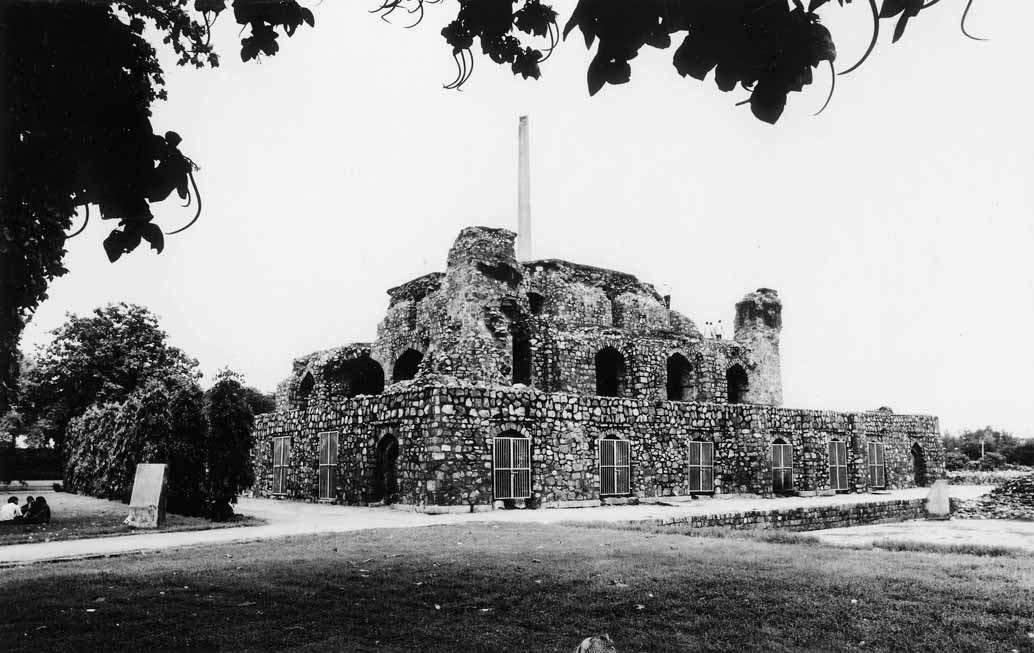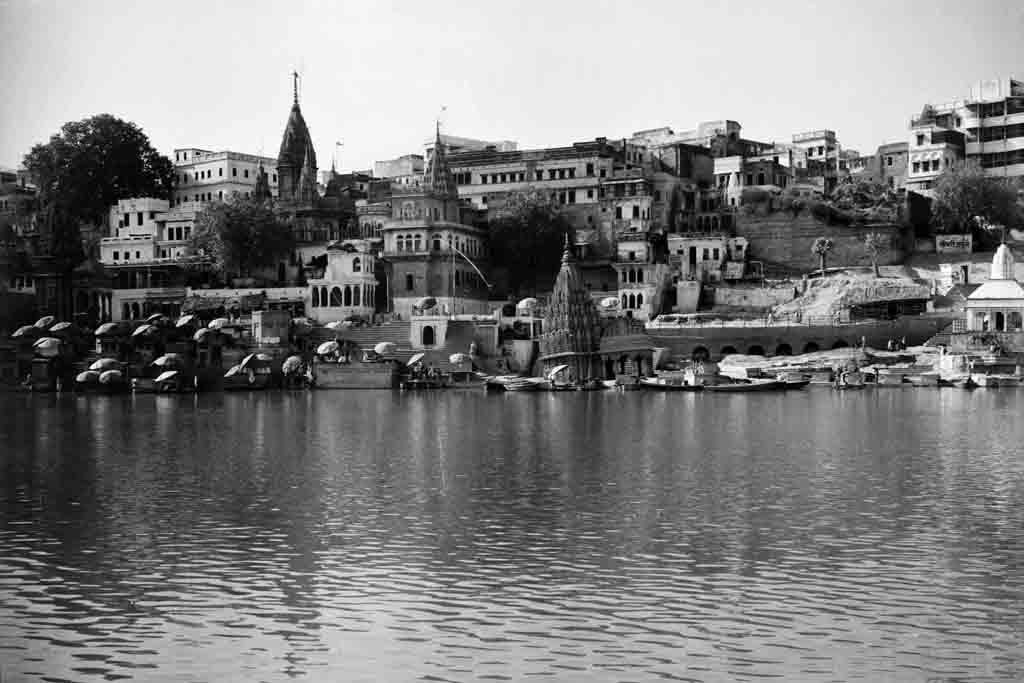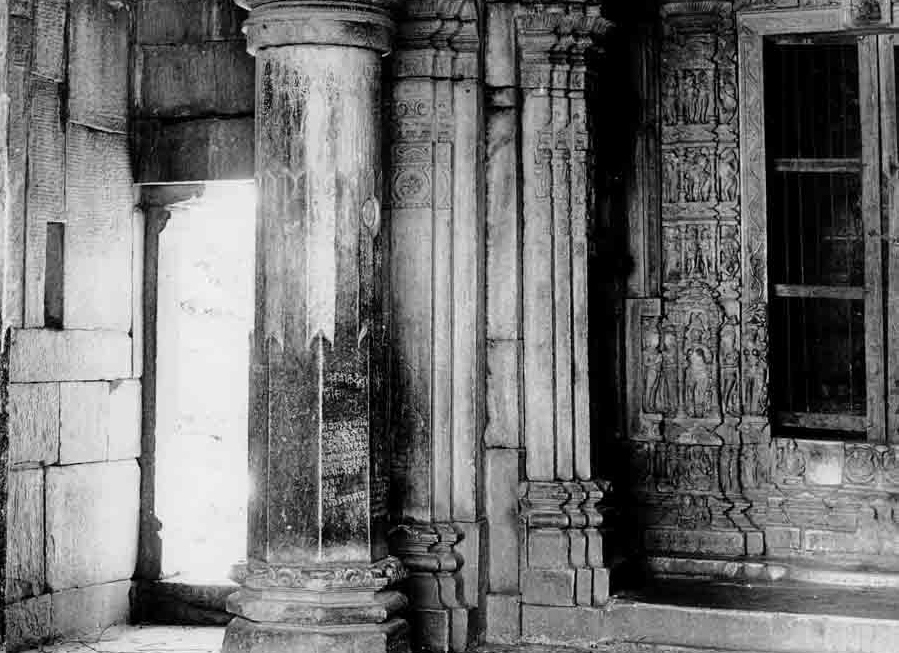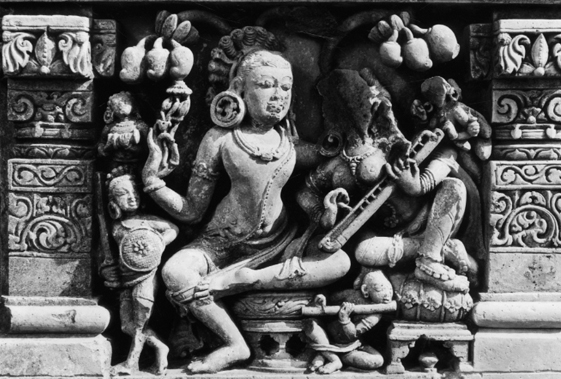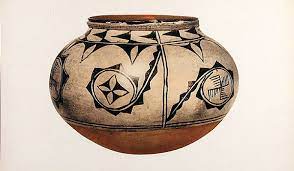Books on Clay Art in Ancient India :
| 1 | Beard, Mary, Religions of Rome, Cambridge; Cambridge
University Press, 1998. |
| 2 | Al-Saleh, Yasmine, “Amulets and Talismans from the Islamic World,” In Heilbrunn Timeline of Art History, New York: The Metropolitan Museum of Art, 2000. http://www.metmuseum.org/toah/hd/tali/hd_tali.htm (June 2023) |
| 3 | Altaweel, Mark, and Andrea Squitieri. “Long-Distance Trade and Economy before and during the Age of Empires.” In Revolutionizing a World: From Small States to Universalism in the Pre-Islamic Near East, London: UCL Press, 2018, pp.160-78. https://www.jstor.org/stable/j.ctt21c4td4.10 |
| 4 | Beard, Mary. Pompeii: The Life of a Roman Town. London:
Folio Society, 2013. |
| 5 | Begley, Vimala, and De Puma, Richard Daniel, Rome and
India: The Ancient Sea Trade, Ann Arbor: University Microfilms International,
2004. |
| 6 | Bhargava, K. D., Indian seals: Problems and prospects,
Faridabad: National Archives of India, 1960. |
| 7 | Ahuja, Naman P., Art and Archaeology of Ancient India: Earliest Times to the sixth
century, Oxford: Ashmolean Museum, 2018. |
| 8 | Bhattacharyya, Dipak Chandra, Gandhara
sculpture in the Government Museum and Art Gallery, Chandigarh: In the light of
the International Colloquium held in 1998 at Chandigarh, Chandigarh: Government
Museum and Art Gallery, 2002. |
| 9 | Boussac, Marie-Françoise, and
Jean-François Salles, eds., Athens, Aden, Arikamedu: Essays on the
interrelations between India, Arabia, and the eastern Mediterranean. New Delhi:
Manohar, 2005. |
| 10 | Errington, Elizabeth, and Joe Cribb, eds.,
The
Crossroads of Asia : transformation in image and symbol in the art of ancient
Afghanistan and Pakistan, Cambridge: Ancient India and Iran
Trust, 1992. |
| 11 | Altaweel, Mark, and Andrea Squitieri. “Material Culture Hybridization.” In Revolutionizing a World: From Small States to Universalism in the Pre-Islamic Near East, London: UCL Press, 2018, pp. 179–98. https://www.jstor.org/stable/j.ctt21c4td4.11 |
| 12 | Bon, Sara E. and Rick Jones, “A City Frozen in Time or a Site in Perpetual Motion? Formation Processes at Pompeii", Essay, In Sequence and Space in Pompeii, Oxford: Oxbow Books, 1997, pp. 7-12. |
| 13 | Connor, Simon and Federica Facchetti, Amuleti Dell’Antico Egitto, Modena: Franco Cosimo Panini, 2017. |
Journal Articles on Clay Art in Ancient India :
| 1 | Ahuja, Naman P. “One Mother, Many Mother Tongues,”
Gandhara: A Confluence of Cultures, Marg. Vol. 70, No. 4, June (2019), pp.
28-46. |
| 2 | Brancaccio, Pia. “Satavahana Terracottas: Connections with
the Hellenistic Tradition.” East and West, Vol. 55, No. 1/4 (2005), pp. 55–69. http://www.jstor.org/stable/29757636. |
| 3 | Abdullaev,
Kazim, "Reutilization of Old Images for New Iconographic Generations: The
Question of the Destiny of Greek Images in the Post-Hellenistic Period". East
and West, Vol. 52, No. 1/4 (2002), pp. 53-69. |
| 4 | Desai, Devangana, “Social Dimensions of Art in Early India,” Social Scientist, Vol. 18, No. 3 (1990), pp. 3–32. https://www.jstor.org/stable/3517423 |
| 5 | Brancaccio, Pia, “Looking to the West: Stone Molds and Foreign Visual Models in Satavahana Material Culture (First-Second Century CE),” Archives of Asian Art Vol. 64, No. 1 (2014), pp. 33–41. http://www.jstor.org/stable/43676732. |
| 6 | Burton, Paul J., “The Summoning of the Magna Mater to Rome (205 B.C.),” Historia: Zeitschrift Für Alte Geschichte, Vol, 45, No. 1 (1996), pp. 36-63.https://www.jstor.org/stable/4436406
|
| 7 | D’Ancona, Mirella Levi. “An Indian Statuette from Pompeii,” Artibus Asiae, Vol.13, No. 3 (1950), pp. 166–80. https://www.jstor.org/stable/3248502 |
